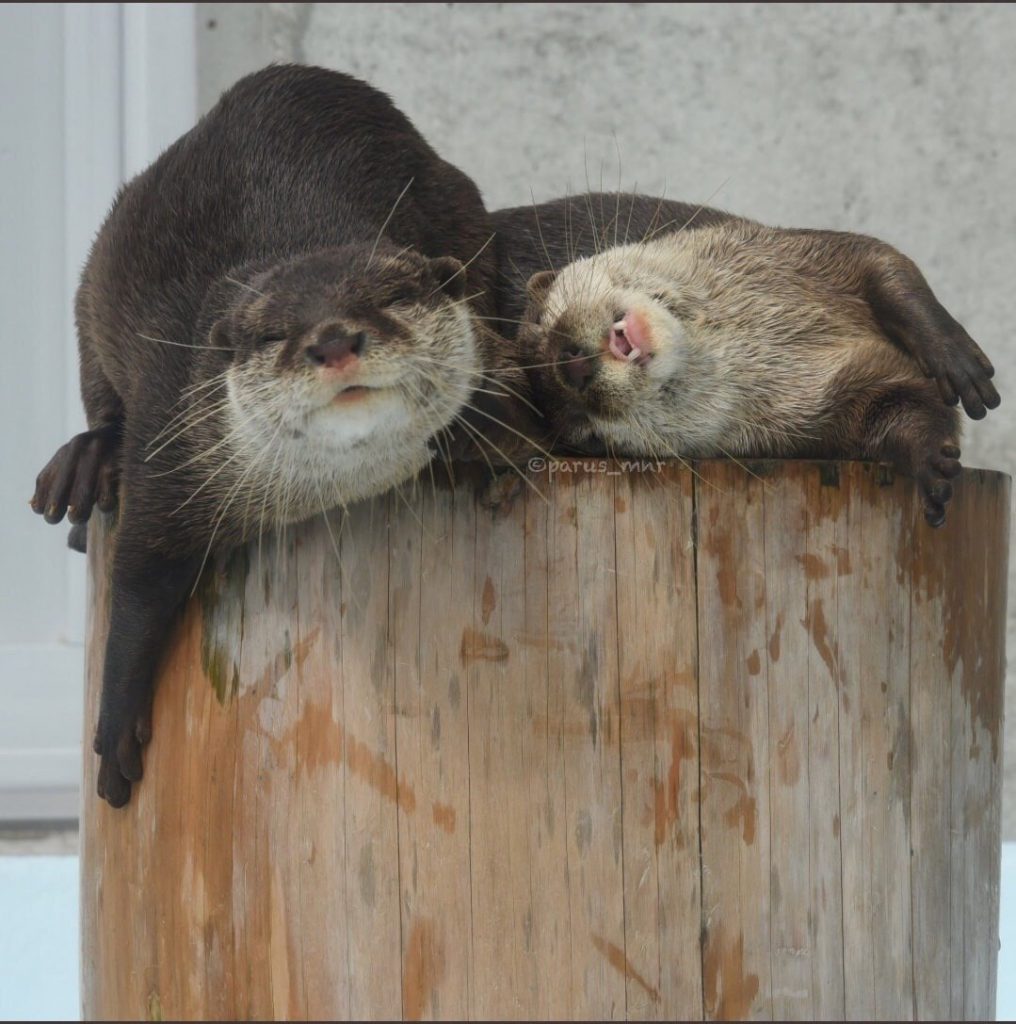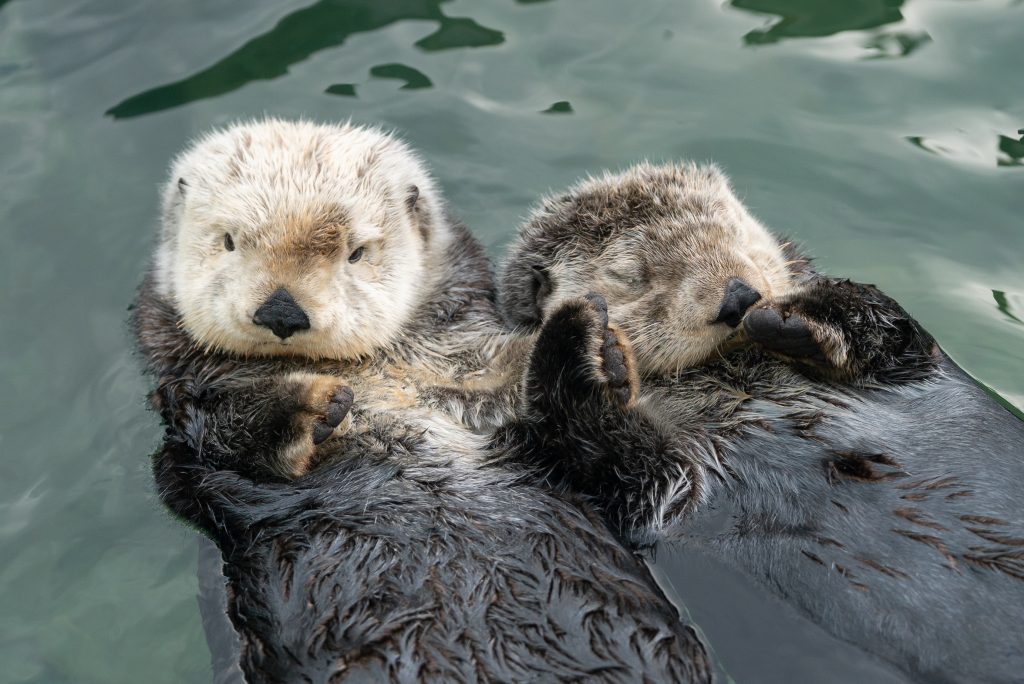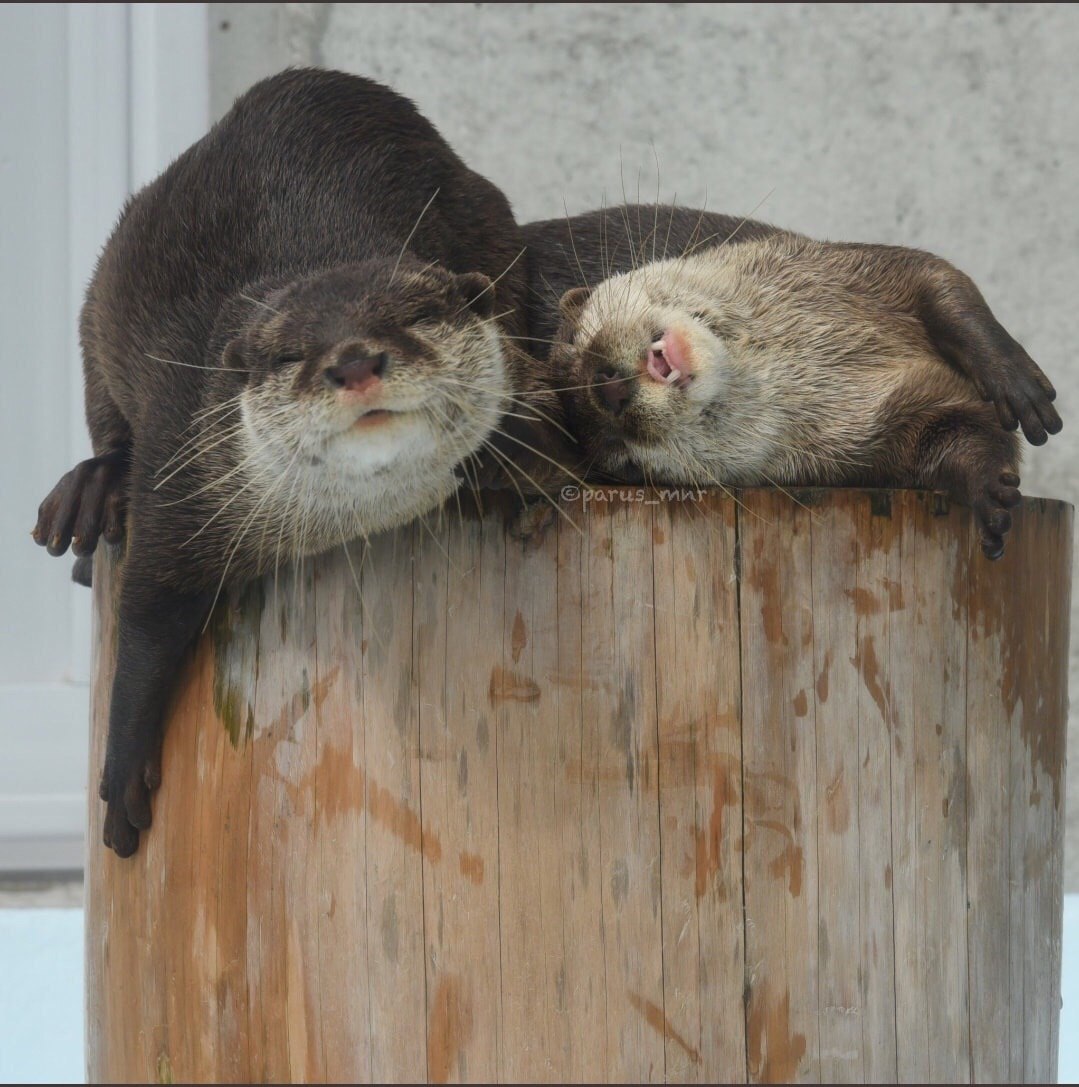In the animal kingdom, you will find it quite rare to find monogamous relationships. Sometimes you’ll have males that constantly wander from place to place, mating with any female that signals to it, while other times, you will have communities that mate with each other. However, now and then, you can find an animal that mates for life. Some otters have this trait.
So let’s dive into whether or not otters mate for life and what species or conditions they do so in.
Table of Contents
Do Otters Mate for Life?

Some otters DO mate for life. Sea otters, for example, are monogamous and only choose one mate for their lives.
Oftentimes, otters will live in communities where they raise the babies together, with everyone in charge of supervising and providing for the young in the group.
Giant otters are notorious for this, as they live in a harsh environment filled with caimans and anacondas. If they weren’t grouped, their lives would be very short. They need this type of family structure to survive.
Sea otters, the ones that mate for life, usually group up similarly. They will float in packs, or the correct term, “rafts,” where they will hunt and raise their babies. Adult partners will pair off in the group and be monogamous for their entire lives.
River otters will often mate for life as well.
How long do sea otters mate for?
The mating period of sea otters is usually 10-30 minutes when the male and female do a small mating ritual (sometimes rather aggressive), after which the mating is complete.
Sea otters are not known for their gentleness when mating and can sometimes even kill the potential mate by drowning. Scientists aren’t exactly sure as to why they do this, but it is a known behavior.
Do otters pair bond?
Pair bonding is when an animal forms a close relationship through courtship and sexual activity with one other animal. Not all otter species do pair bond. However, giant otters have an unusually high amount of reported pair bonding and group cohesion.
As I wrote above, giant otters are known for living in large communities with other giant otters to raise their young and protect them from danger. Unlike river or sea otters, giant otters live in a harsher environment with more predators (often larger than themselves), which takes the entire group to fend off or hunt.
There have been reports of groups of giant otters rescuing baby otters from jaguars and caimans, two much larger predators. For giant otters to thrive, they would likely have to come together as a group.
Otters holding hands while sleeping

The common reason that people think otters are cute or love each other often comes from watching sea otters hold hands. Because humans hold hands to signal affection, people believe this must be the case for otters as well. However, they have a far more practical reason for holding hands that has nothing to do with love.
When sea otters are out at sea, they will stay in packs to forage for food and take care of their young. But because every animal has to sleep, they need a way of staying together. Otherwise, they will float away when sleeping. This is where the handholding comes in.
By holding hands, sea otters can stick together as a group and not float away randomly into the ocean.
The groups of sea otters that do this are usually separated by gender. In other words, males hold hands with males, and females hold hands with females.
So sorry for the people who thought this was sea otters showing affection towards each other, for sea otters, this is just a practical way of staying together.

